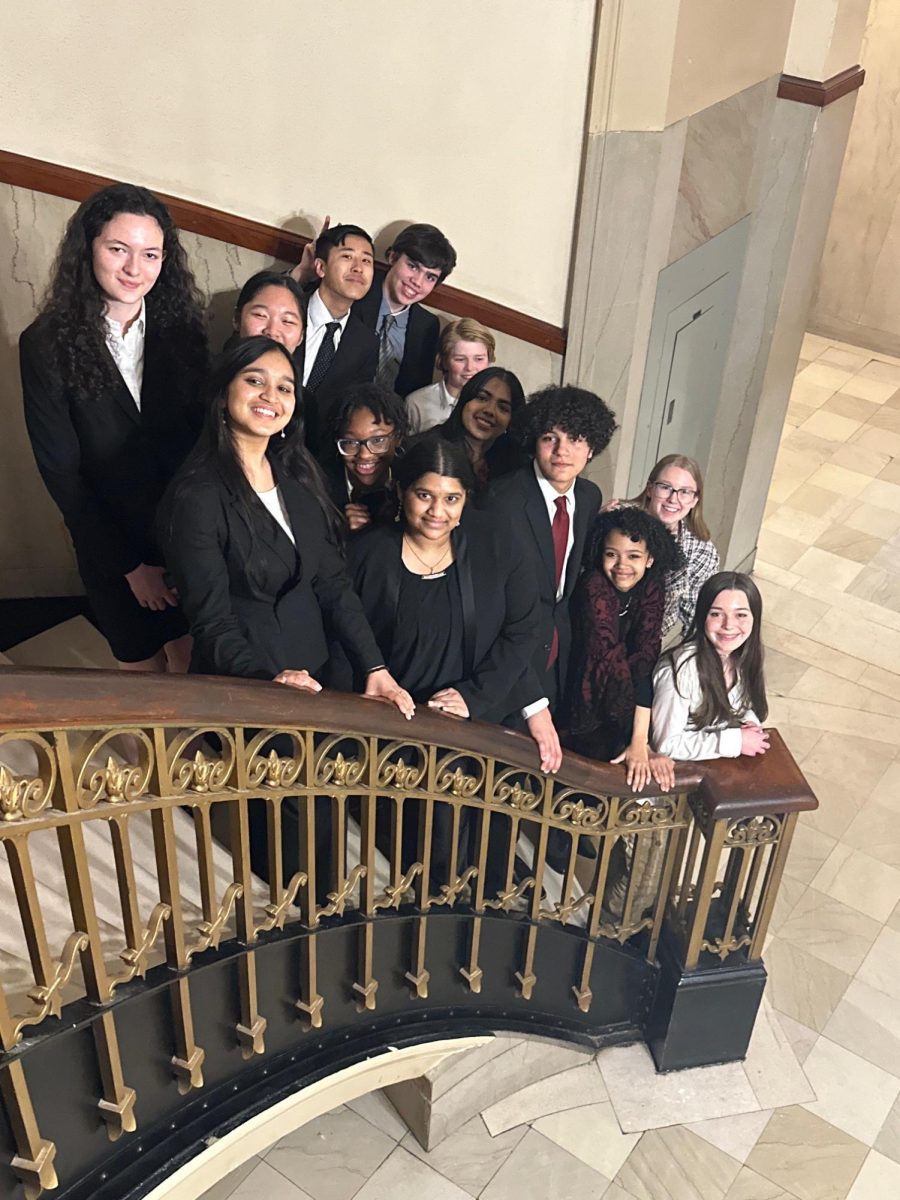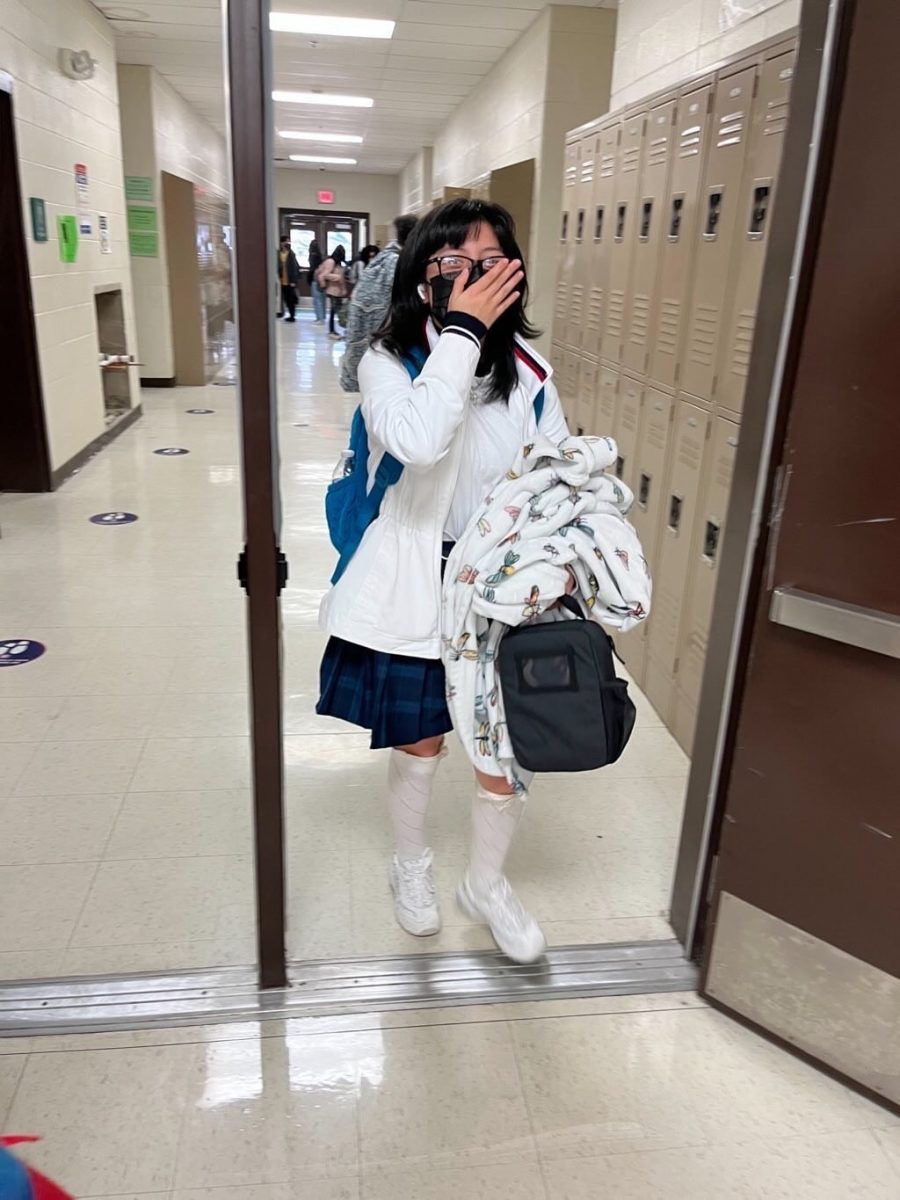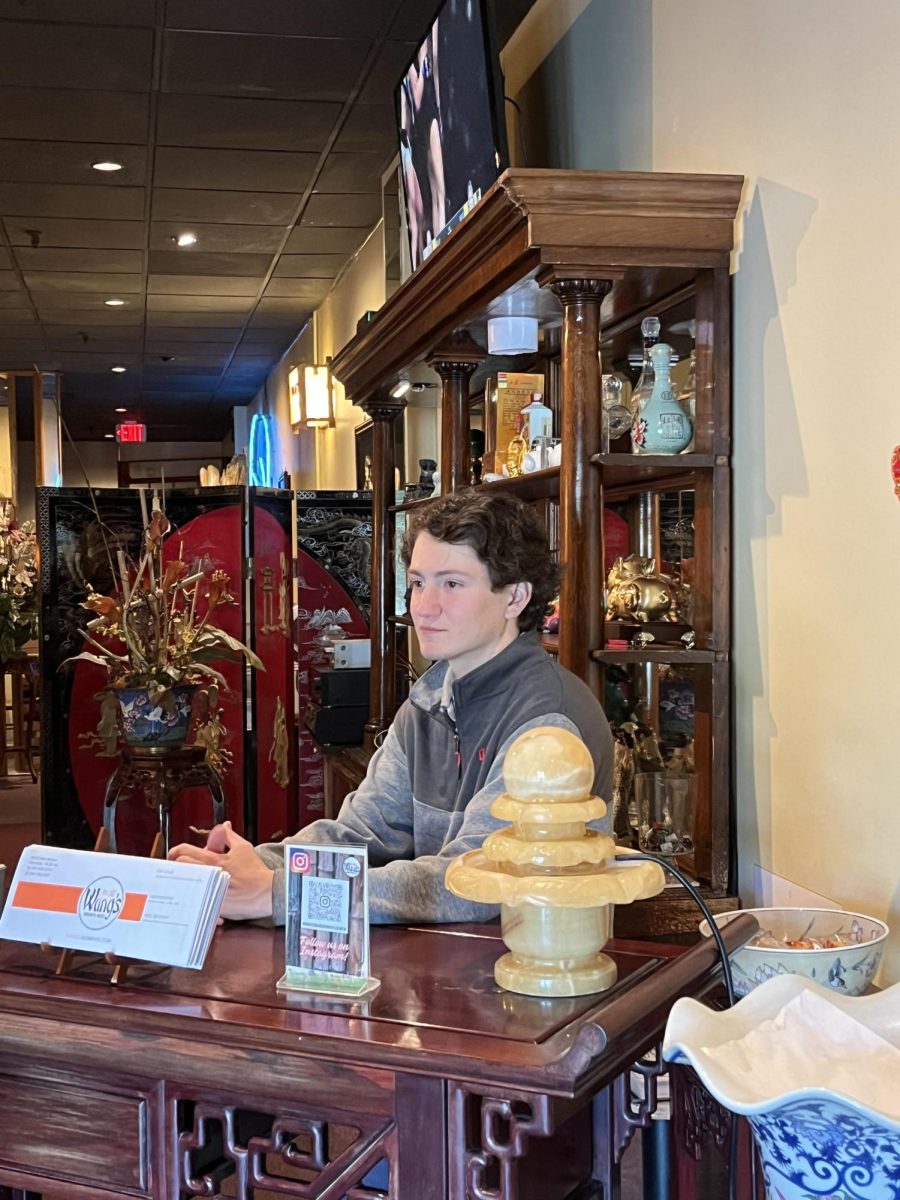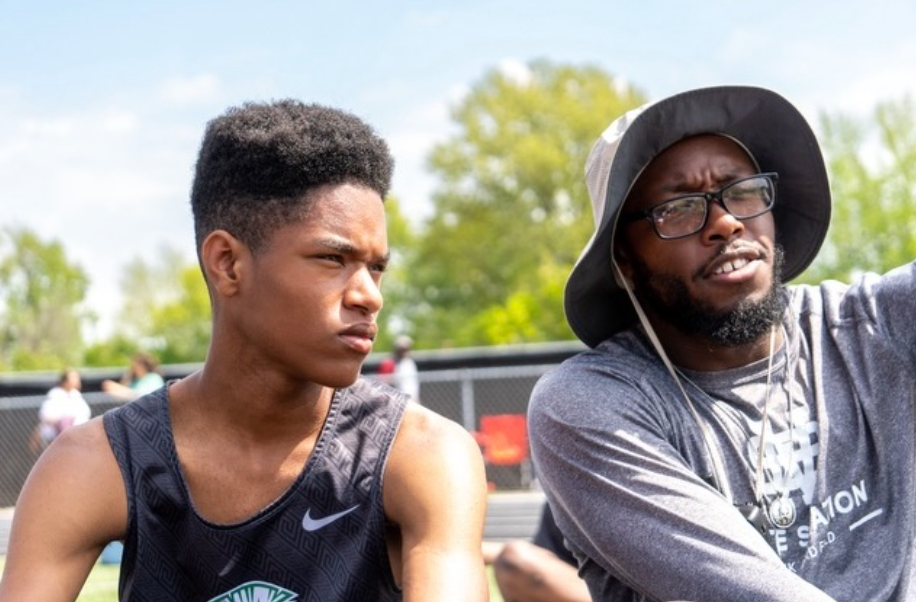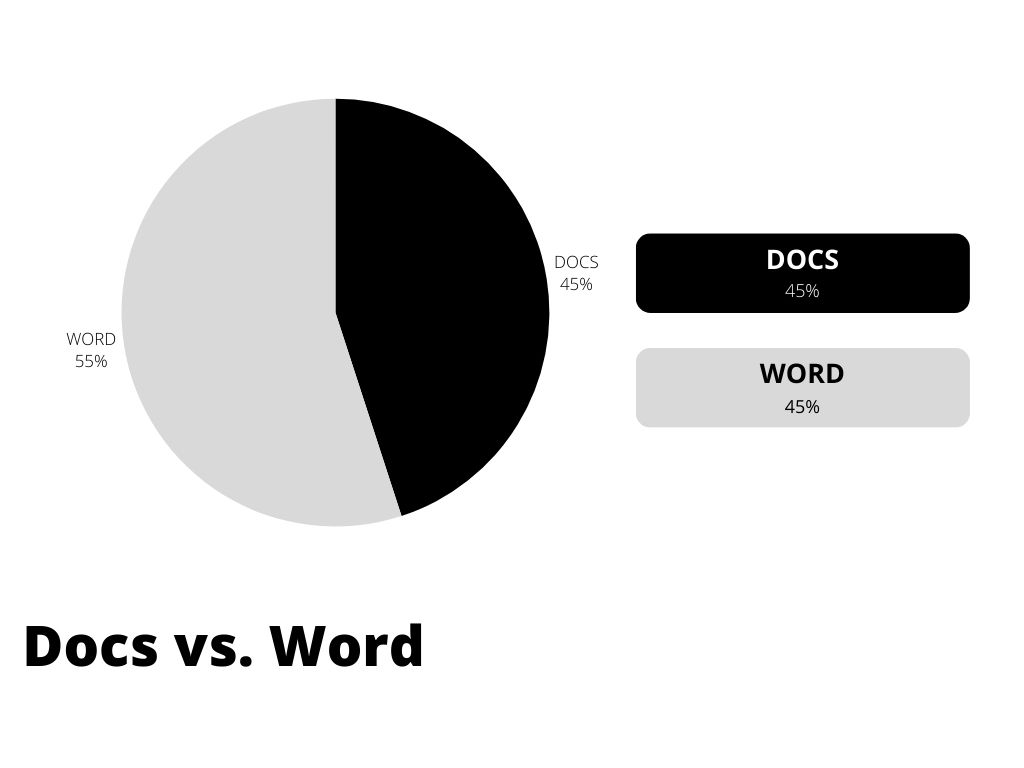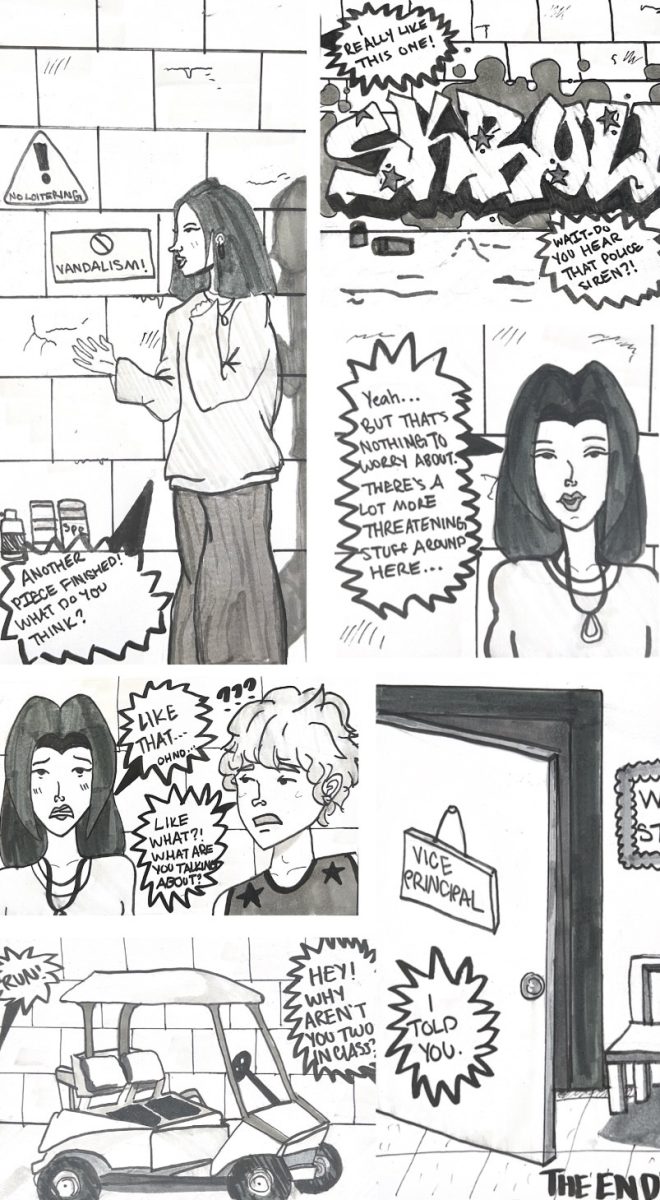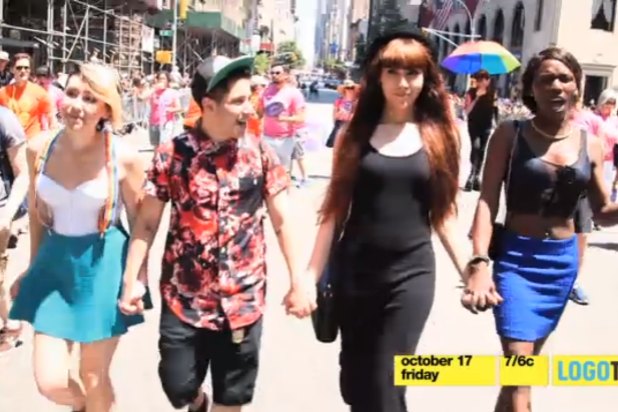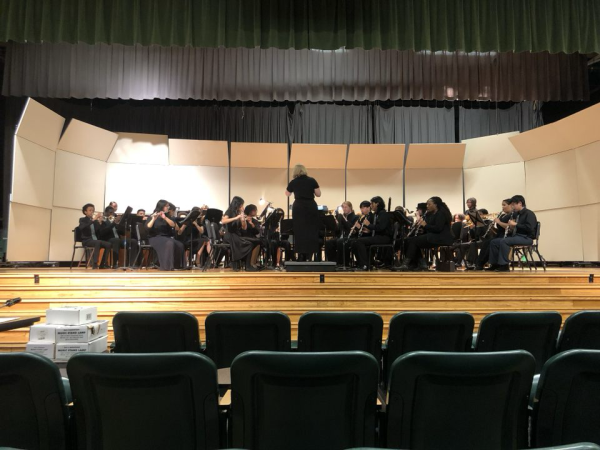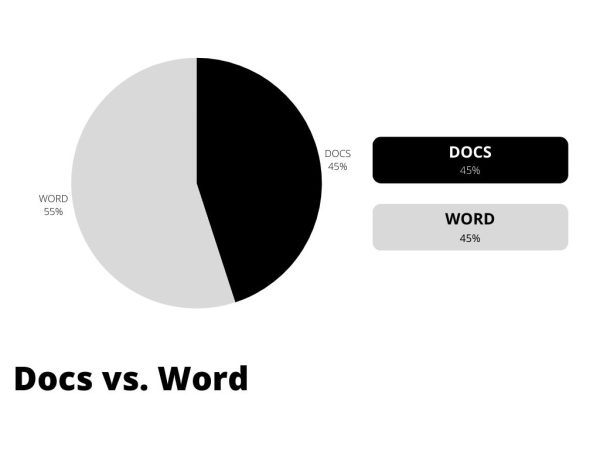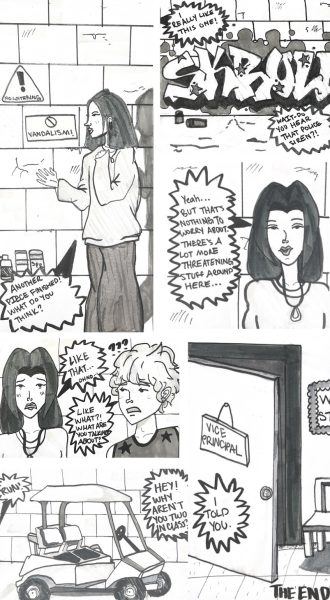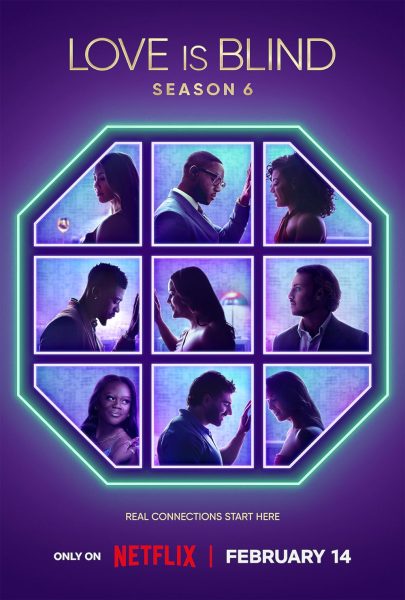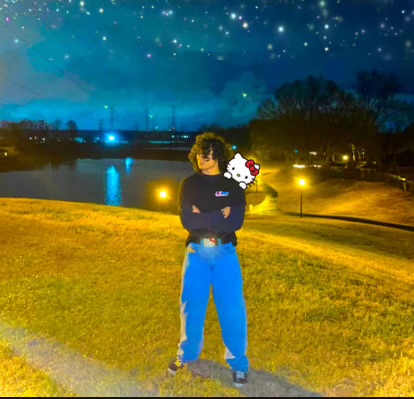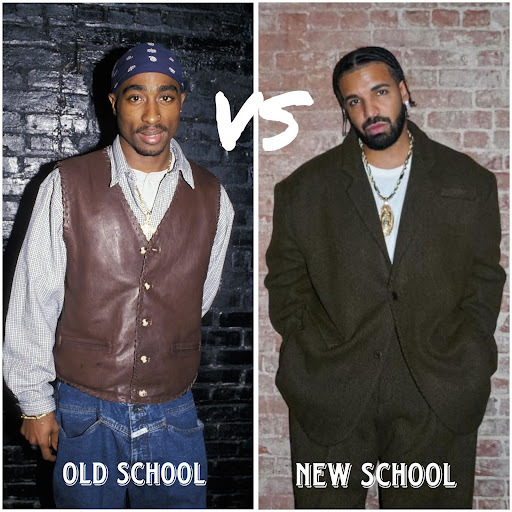T is For Trans
When did you last see a transgender person on TV? What does this say about American media? With negative or false depictions like those seen in “South Park,” “American Horror Story” and “Transparent,” is it really a mystery why so many transgender teenagers remain closeted?
Laverne Cox is the first transgender woman of color to play a leading role on a mainstream television show as well as the first openly trans person to appear on the cover of “Time” magazine. She is best known for her role as Sophia Burset on the original Netflix series “Orange Is The New Black.” Both as an entertainer and an LGBT+ rights educator, Cox has won several awards and has been named one of the top 50 trans icons by “The Huffington Post.”
On October 17, Cox’s documentary “The T Word” premiered on MTV. Considered by many to be one of the largest steps towards transgender visibility in the media, “The T Word” follows the stories of seven trans individuals. The diversity among them and their respective situations speaks volumes against typical transgender stereotypes.
Zoey is rejected by the school board, but tirelessly supported by her mother. Kye is the first open division one athlete, yet his mother refuses to see him as her son. Shane, Ari and Avery struggle with the complexity and dangers of dating as transgender people. L’lerret faces both racial and gender-profiling from the police. Daniella deals with the reality of sexual assault committed against trans women.
“The T Word” is a major milestone in the LGBT+ community. When three transgender students at White Station were asked about the media they encounter daily, each agreed that there is very little trans representation. The average teenager must go out of their way to find media referring to those who are not heterosexual or cisgender (identifying as the gender assigned at birth.) This severe under-representation can lead to transphobic ignorance, prejudice and violence. Children who do not conform to gender roles may feel like they are broken because they lack a term for the way they want to express themselves.
“I had always felt ‘not female’ and I didn’t really know what it was– I just thought it was weird. Then I found out that that was actually a thing! I feel like it should be portrayed more often in the media” Alex (9) said.
The common suggestion that there are no genders outside of the male-female binary also leaves plenty of youth in an awkward, secluded grey area. Advertisements are targeted toward men or women. They are rarely gender-neutral.
“I think it would’ve helped me a lot when I was younger if I had known about identification outside of male and female. Because I didn’t even know about it until last year, I didn’t realize that I could have identified as something else, and that was a big insecurity of mine” Geneva Paulk (9) said.
“The T Word” covers usage of preferred pronouns and terminology, a serious subject that most television, books and movies neglect.
“I think there’s just a lot of misinformation. [Cisgender people] don’t know to say ‘he’ if you tell them, ‘Hey, I’m female to male.’ They think ‘Oh this girl wants to be a boy.’ They don’t know what to do” Alex (9) said.
For those who are curious, Cox’s documentary may offer a new understanding of what transgender life is like on a personal level. Trans people no longer need to endure everything alone. Most can now find a supportive community to encourage them every step of the way.
“It helps you understand that other people are like that too, and you’re not alone” Rachel Hall (12) said.
For more information, visit lookdifferent.org
Your donation will support the student journalists of White Station High School. Your contribution will allow us to purchase equipment and cover our annual website hosting costs.

